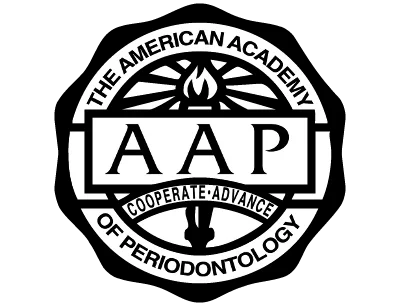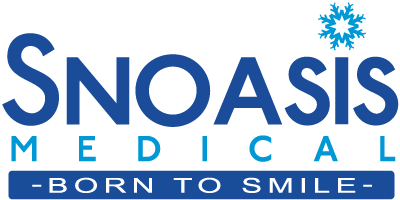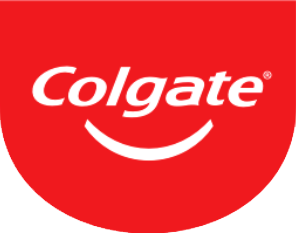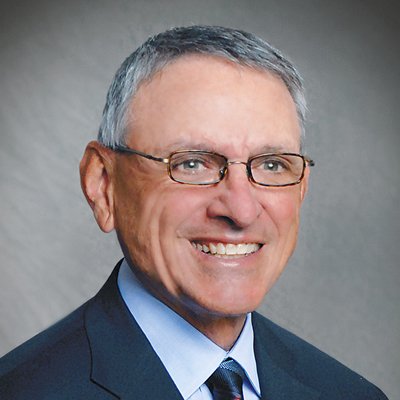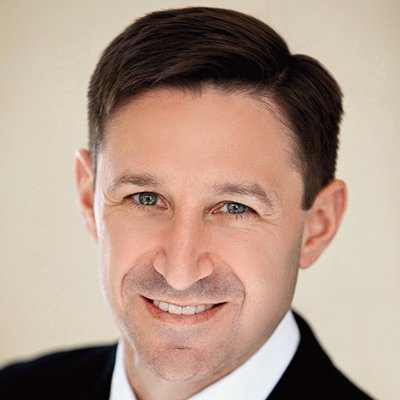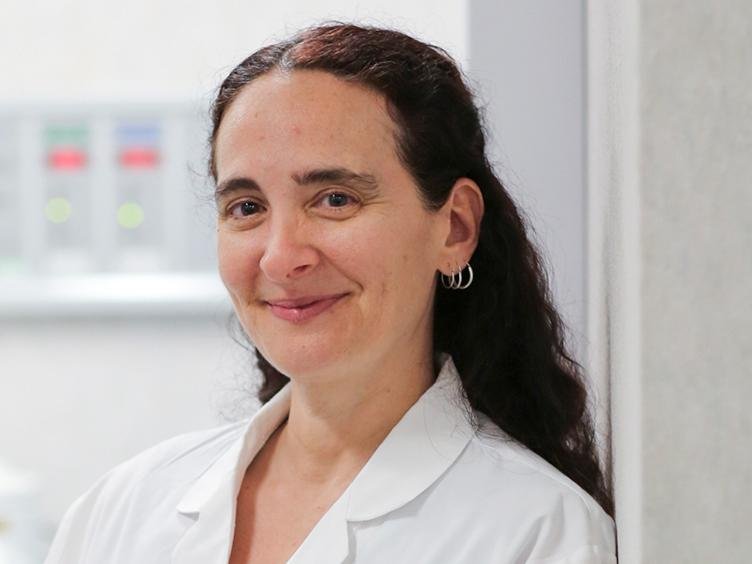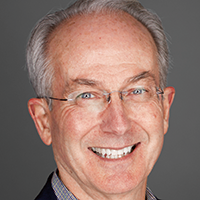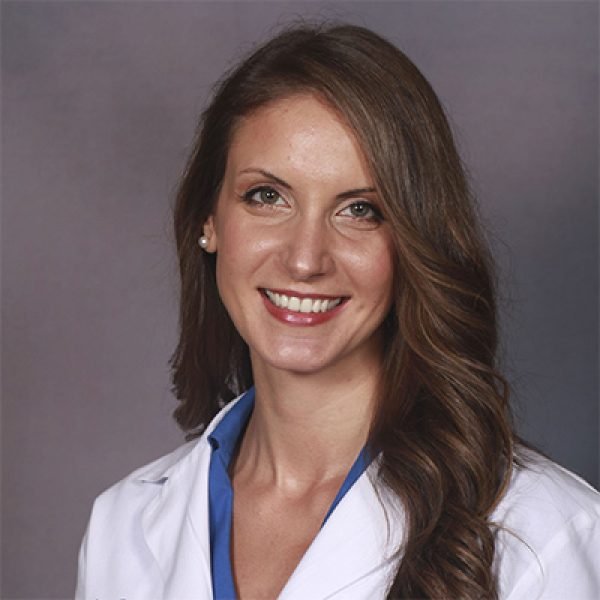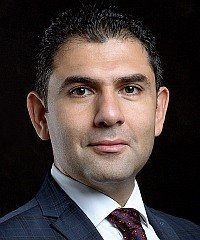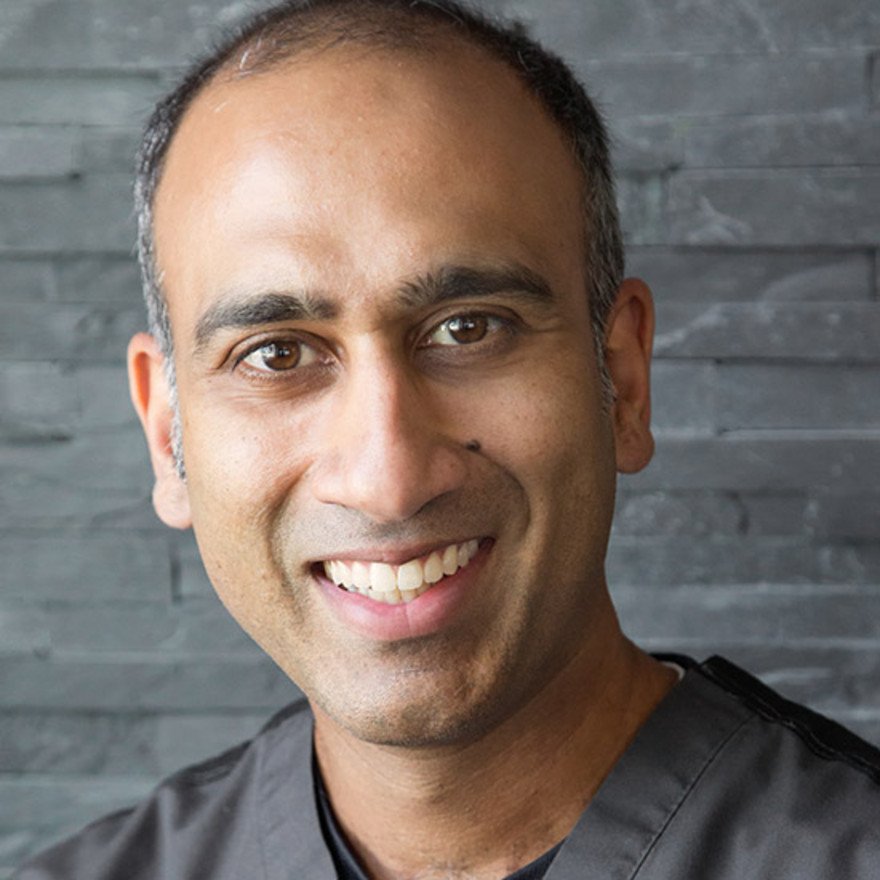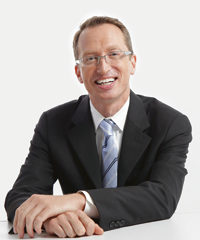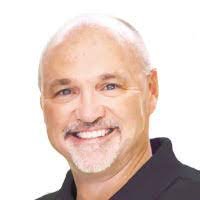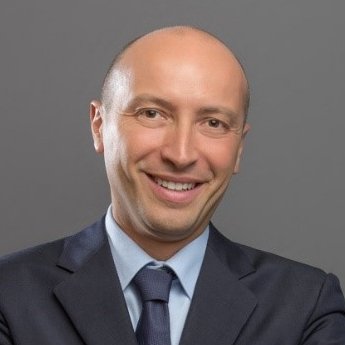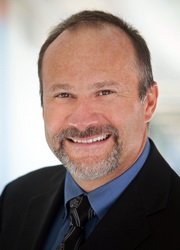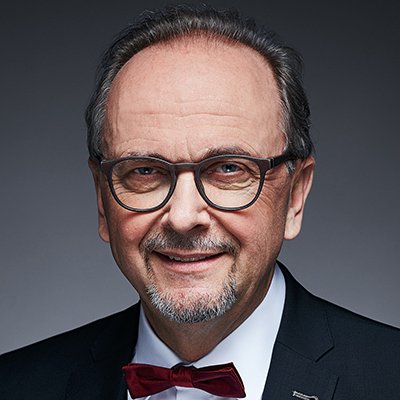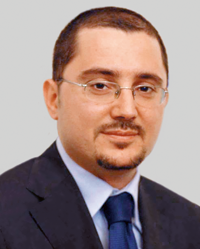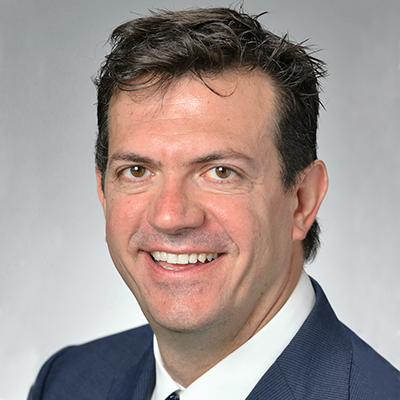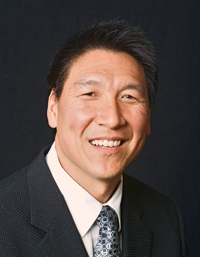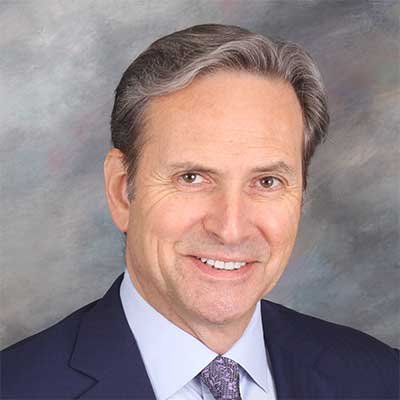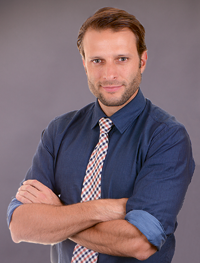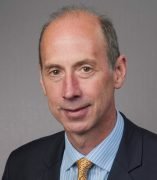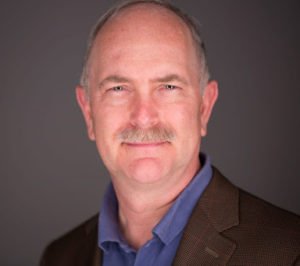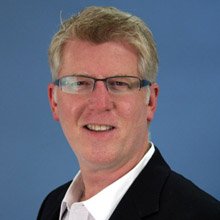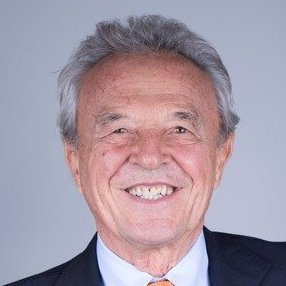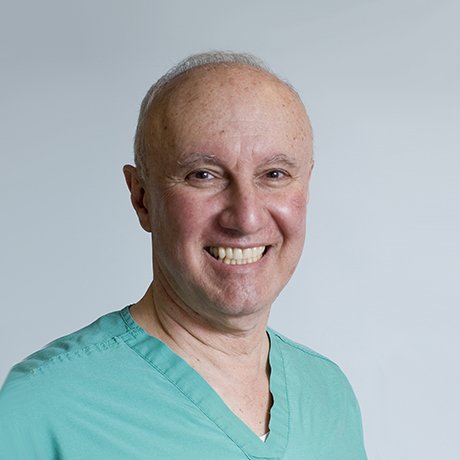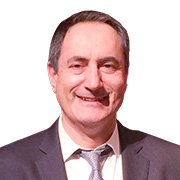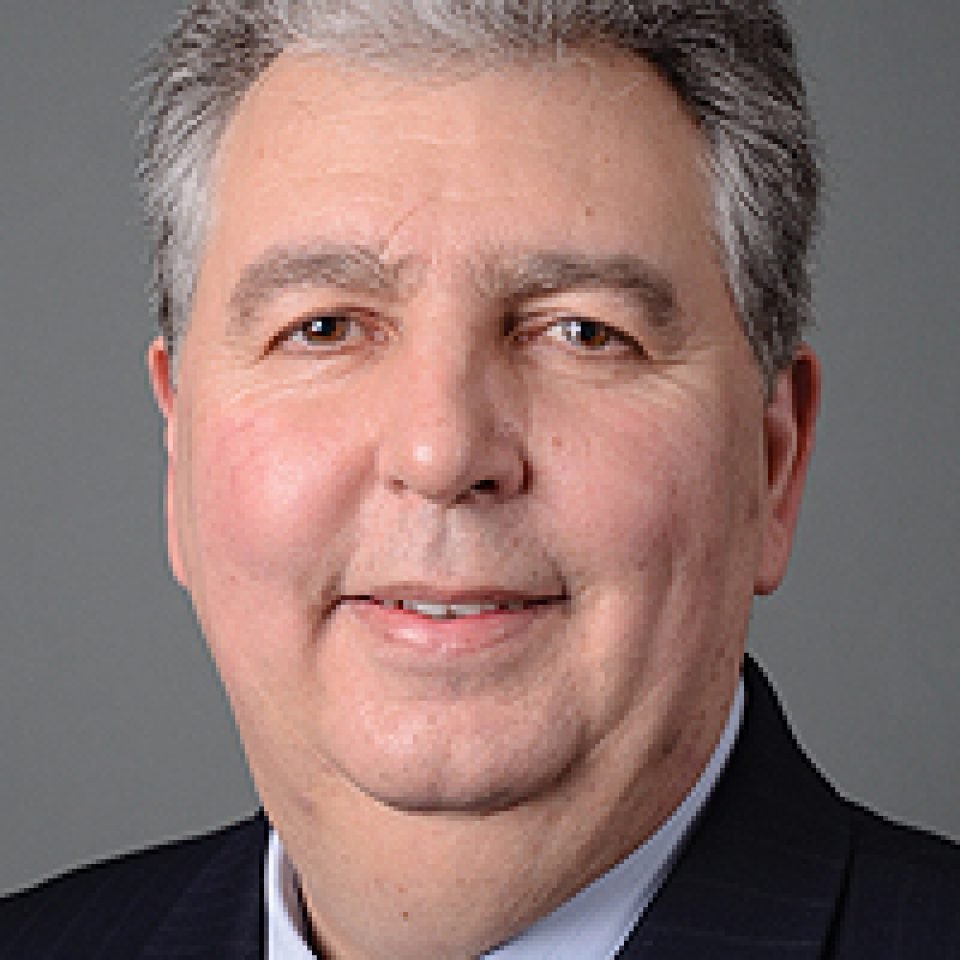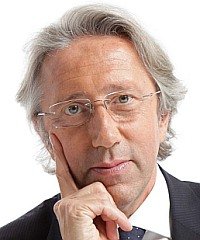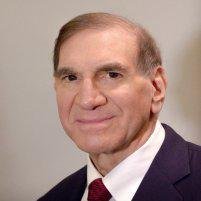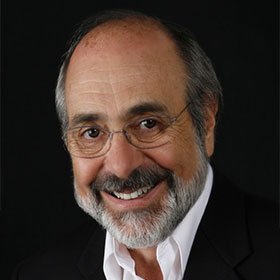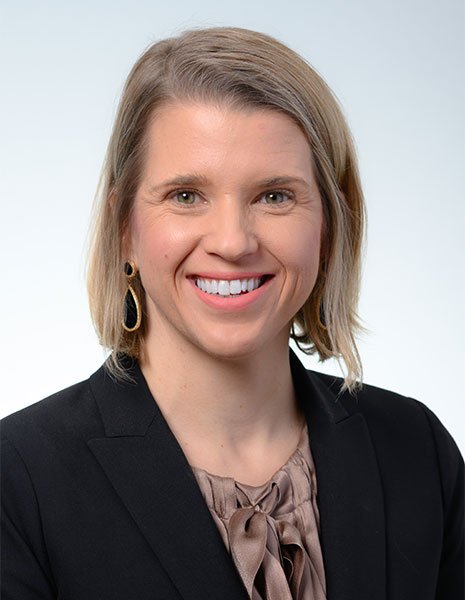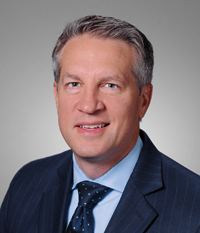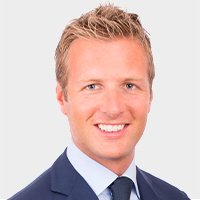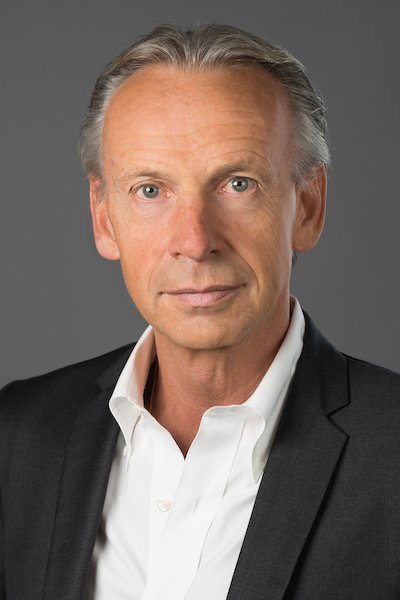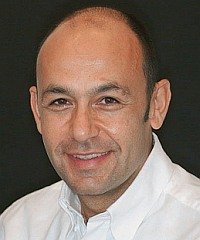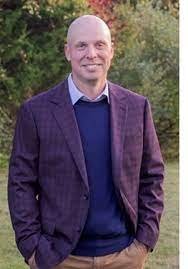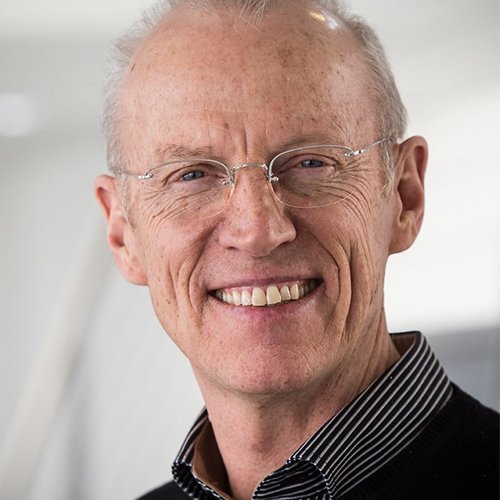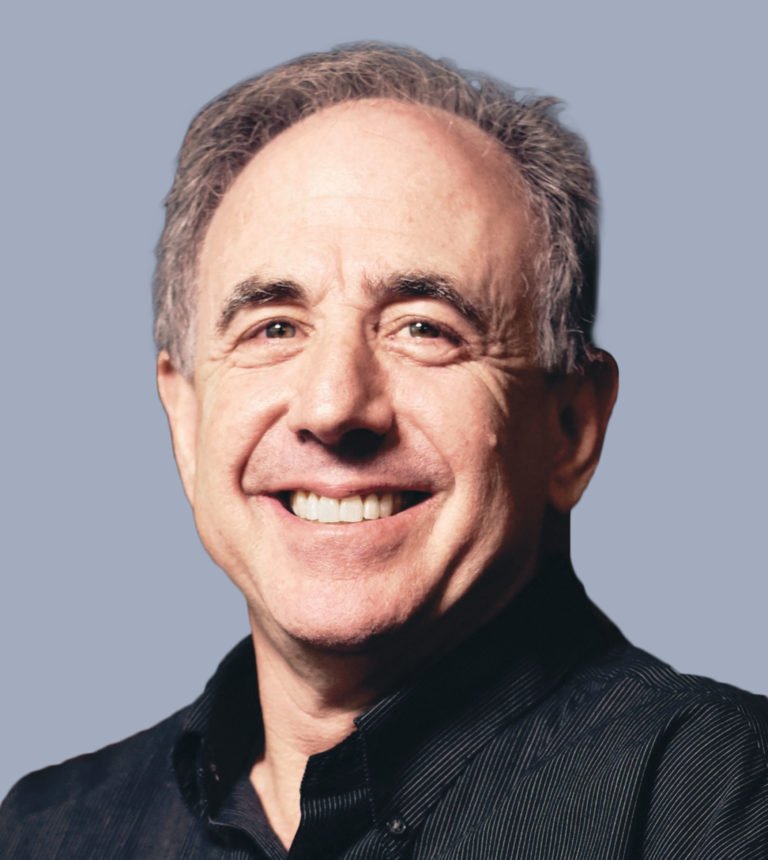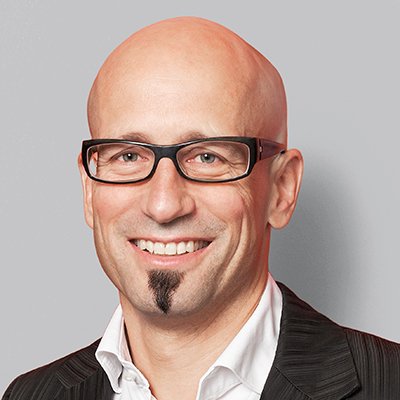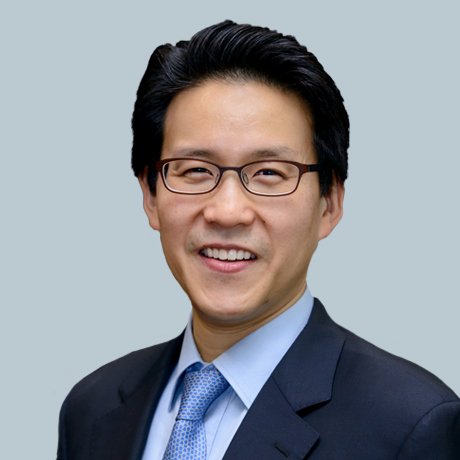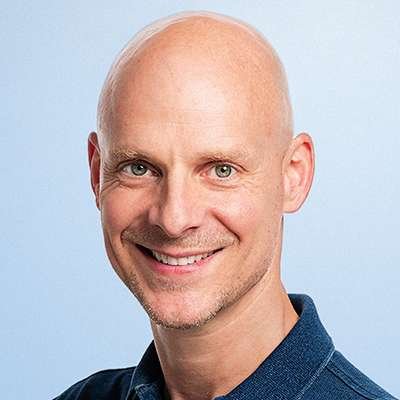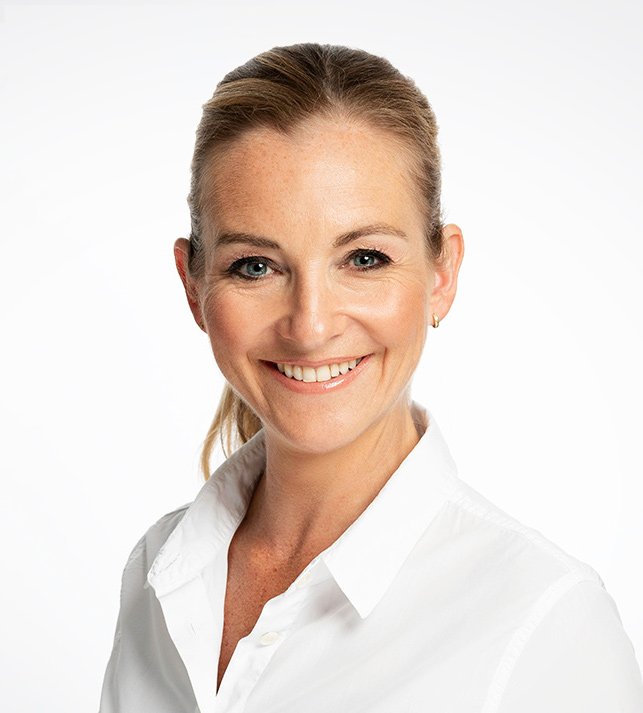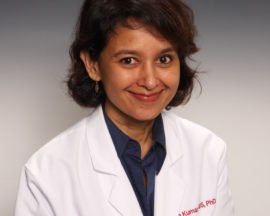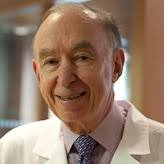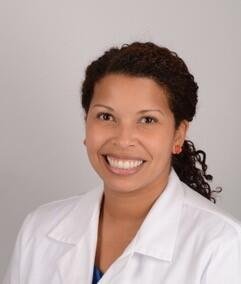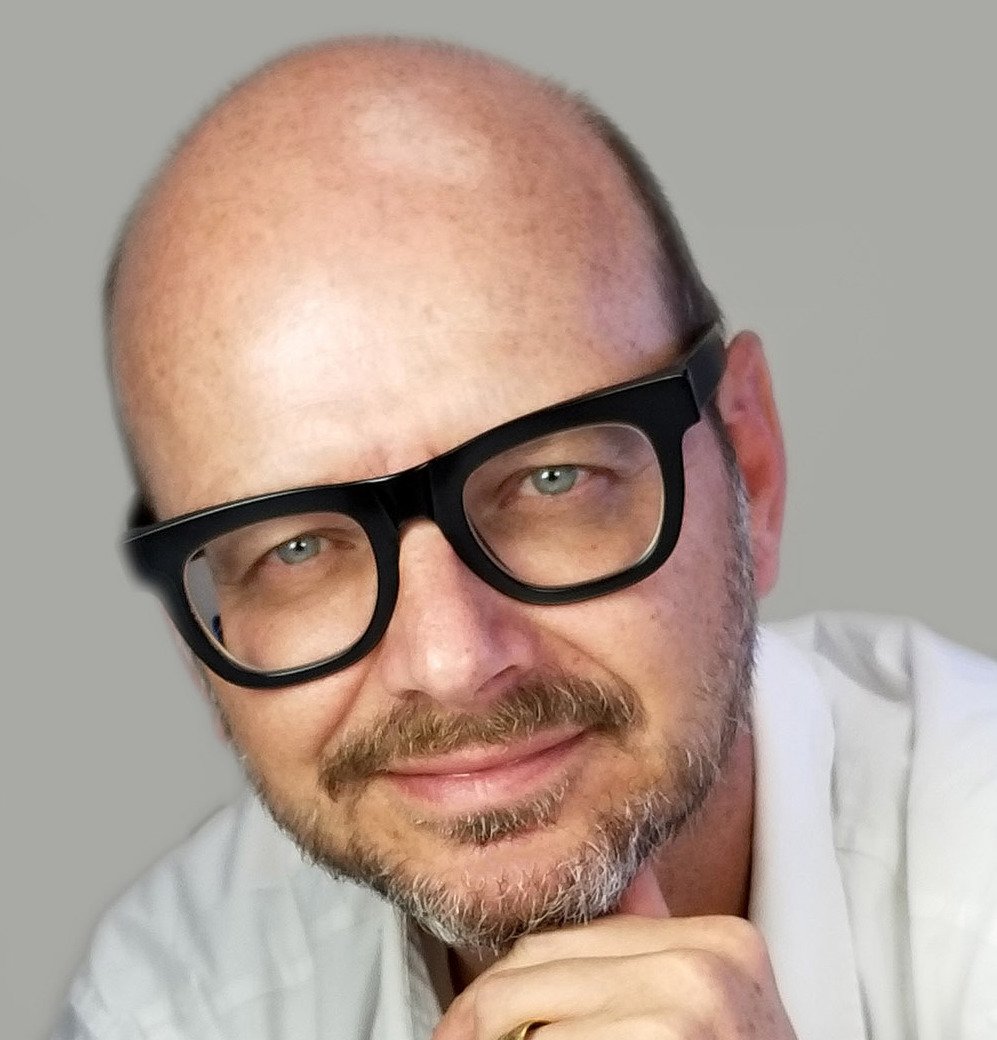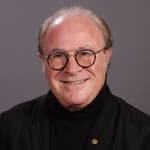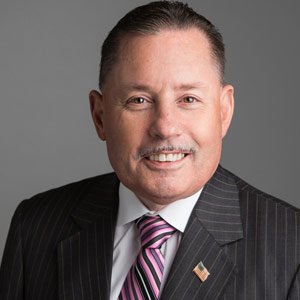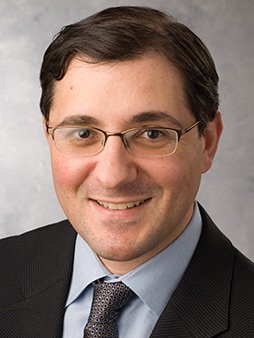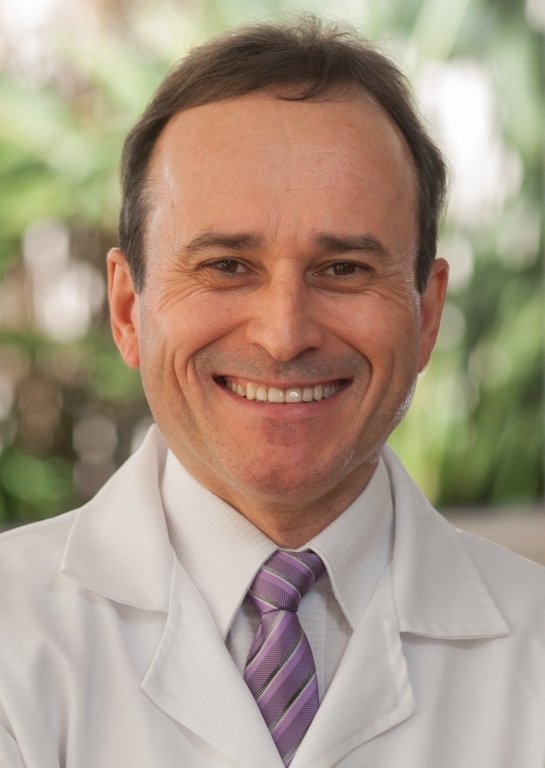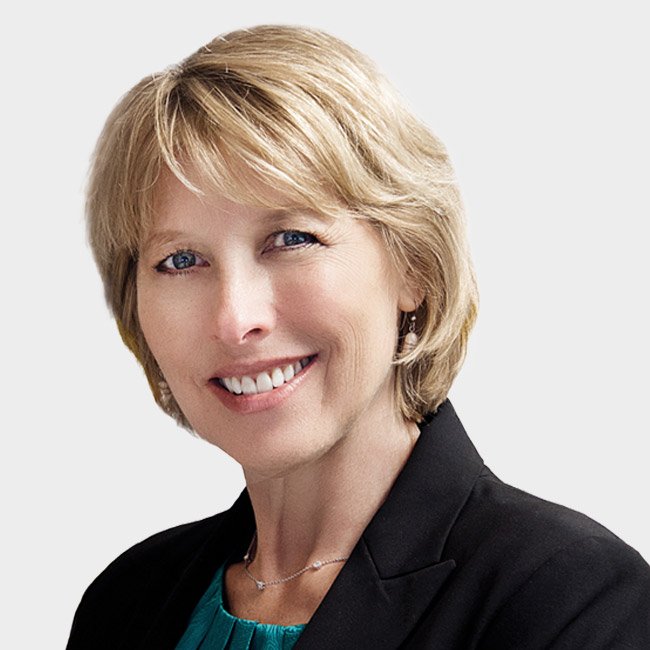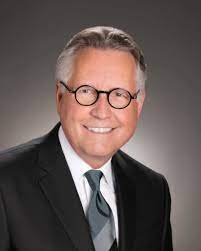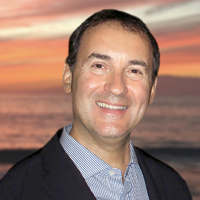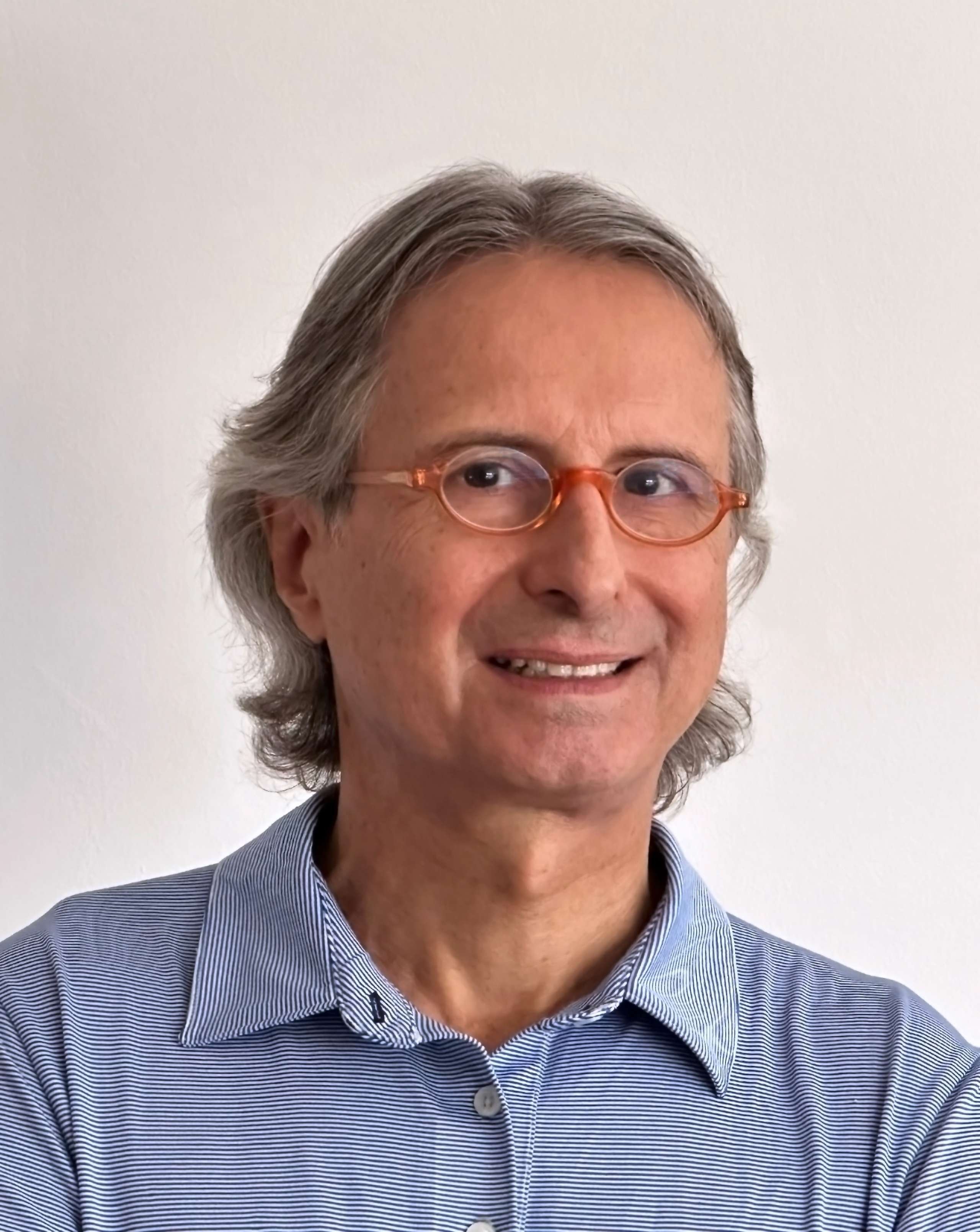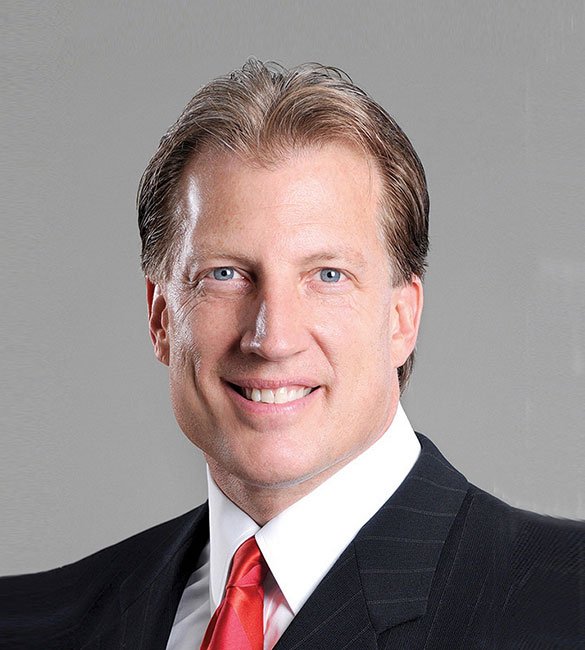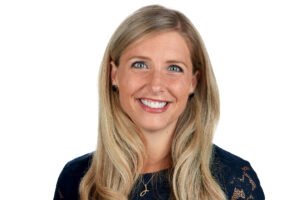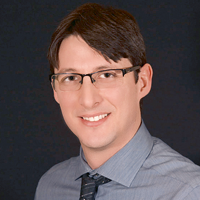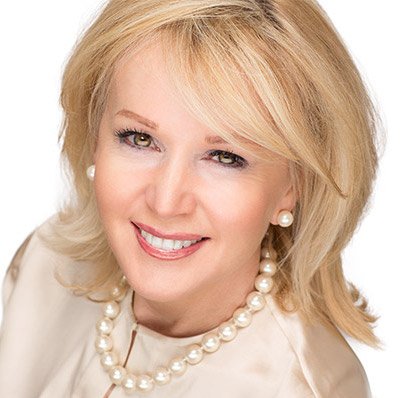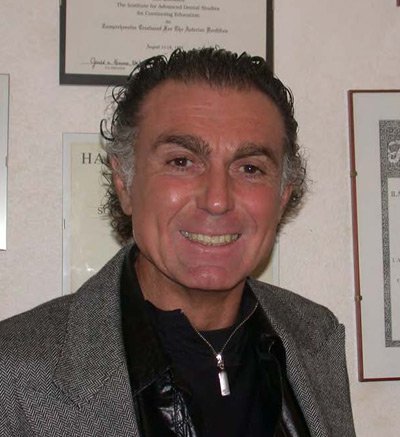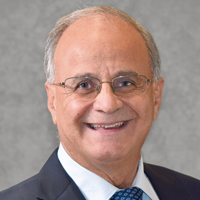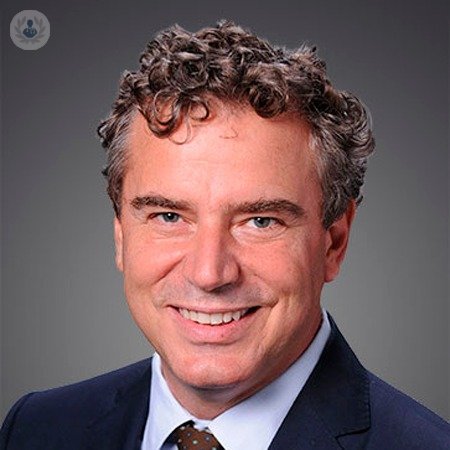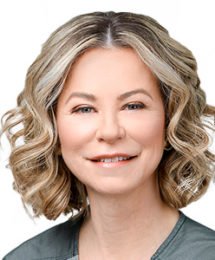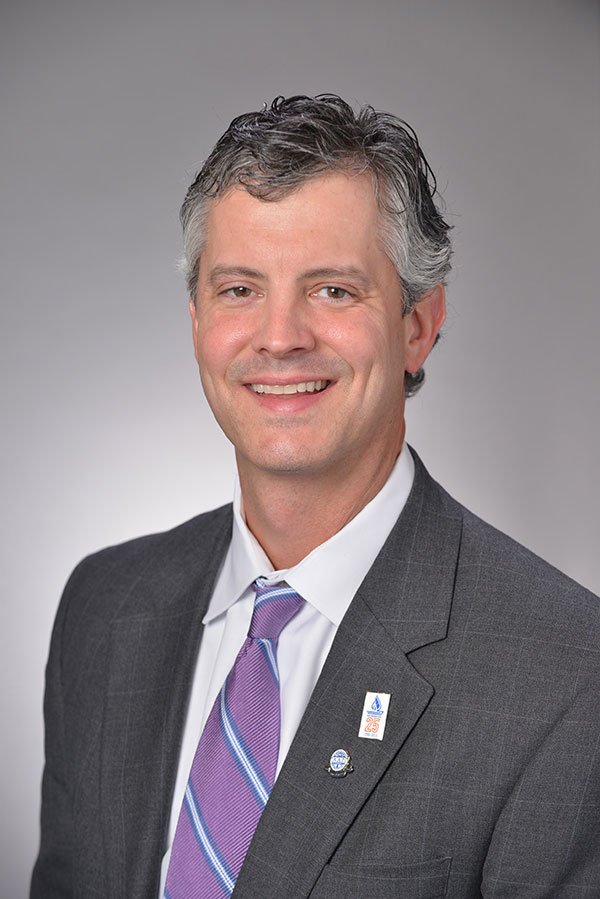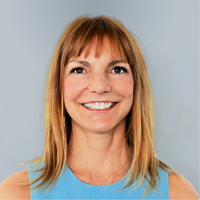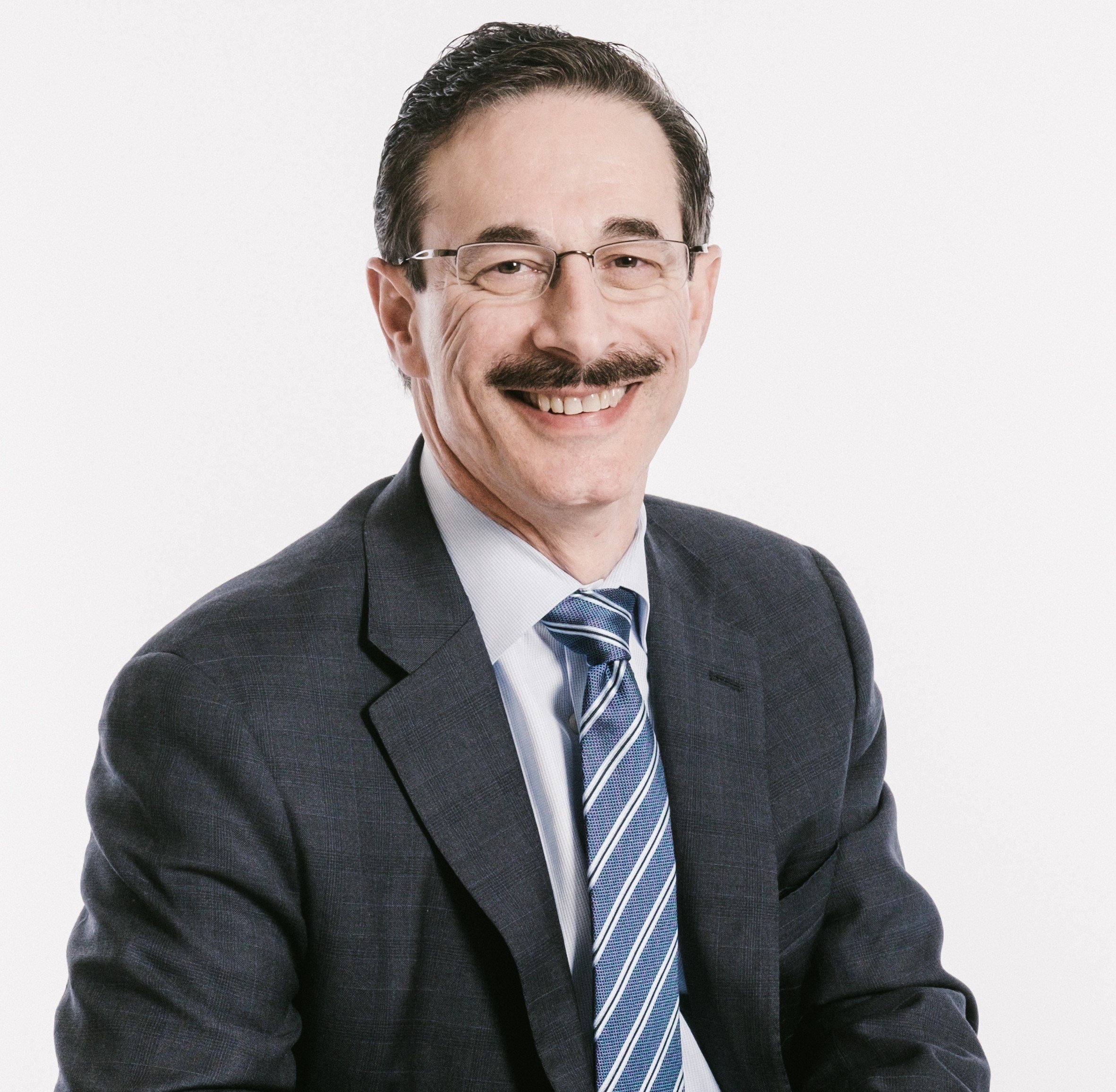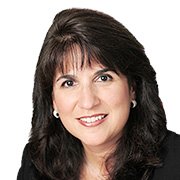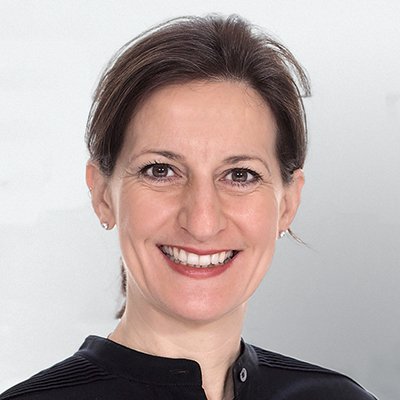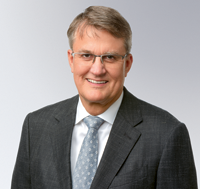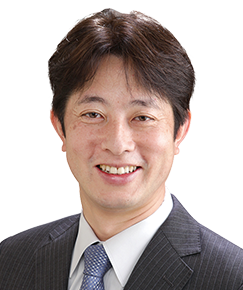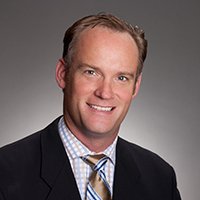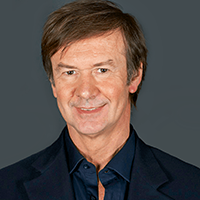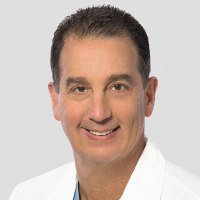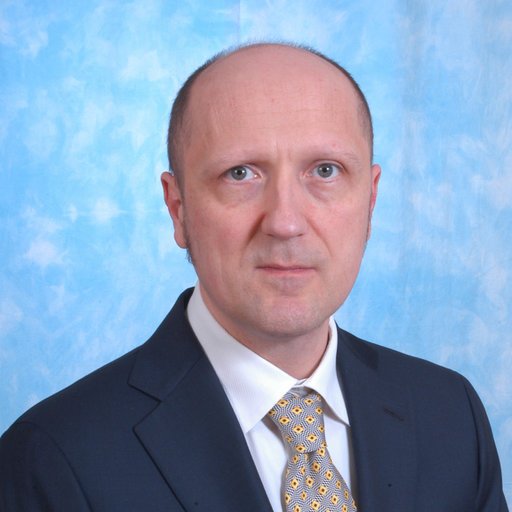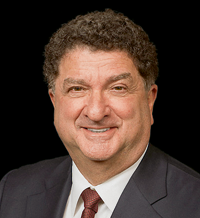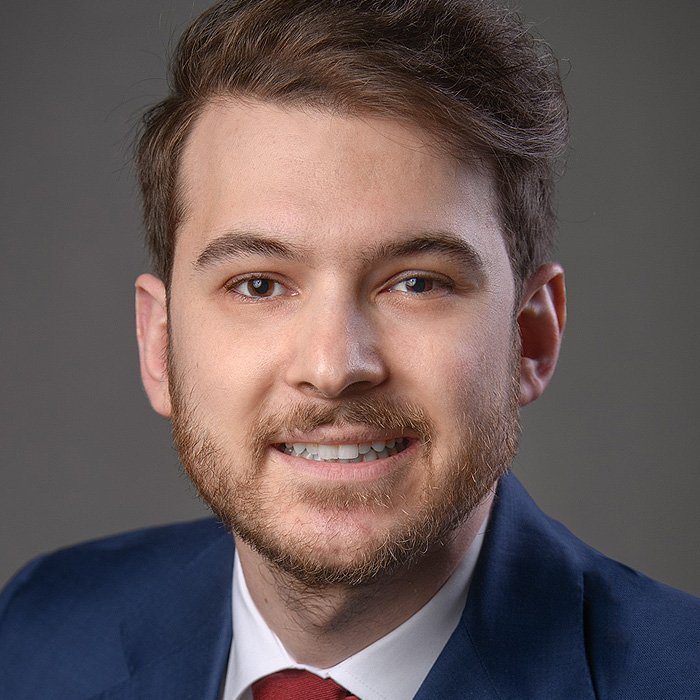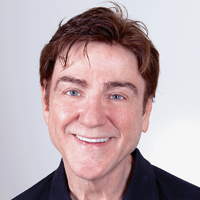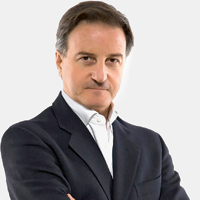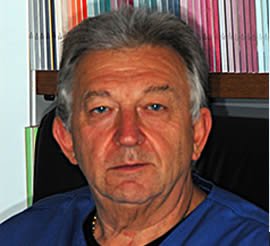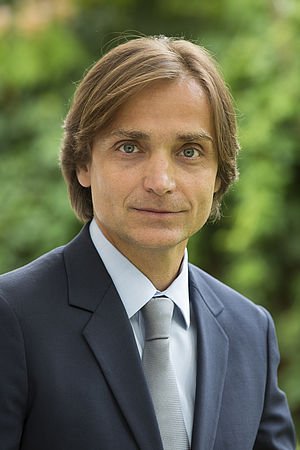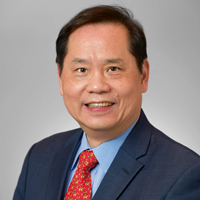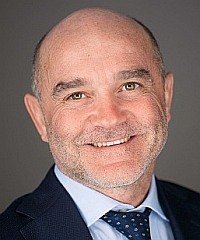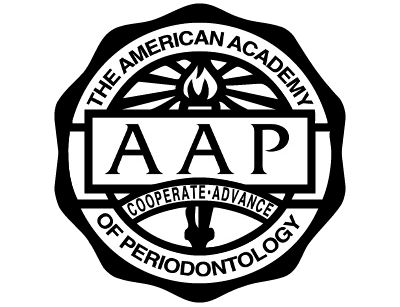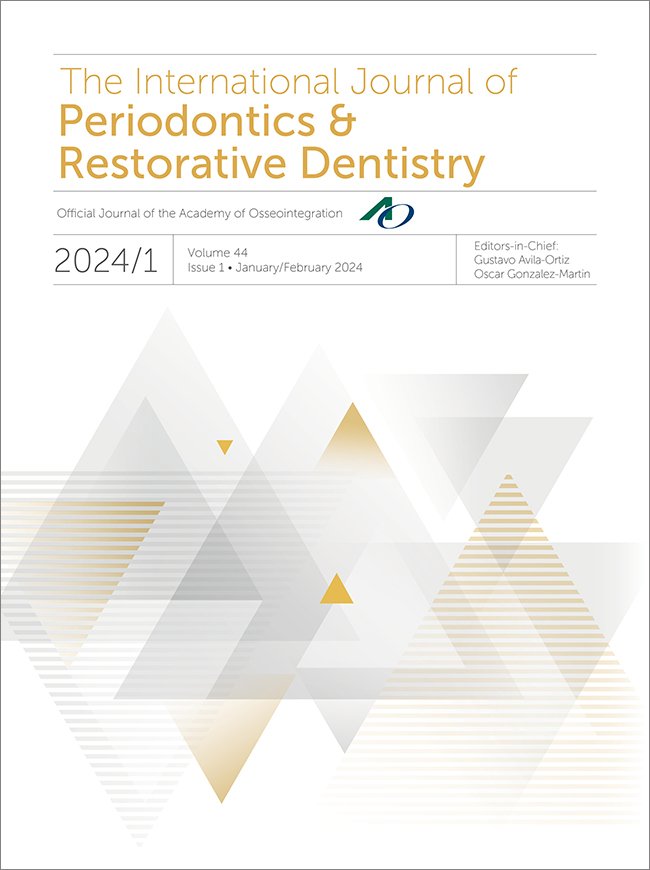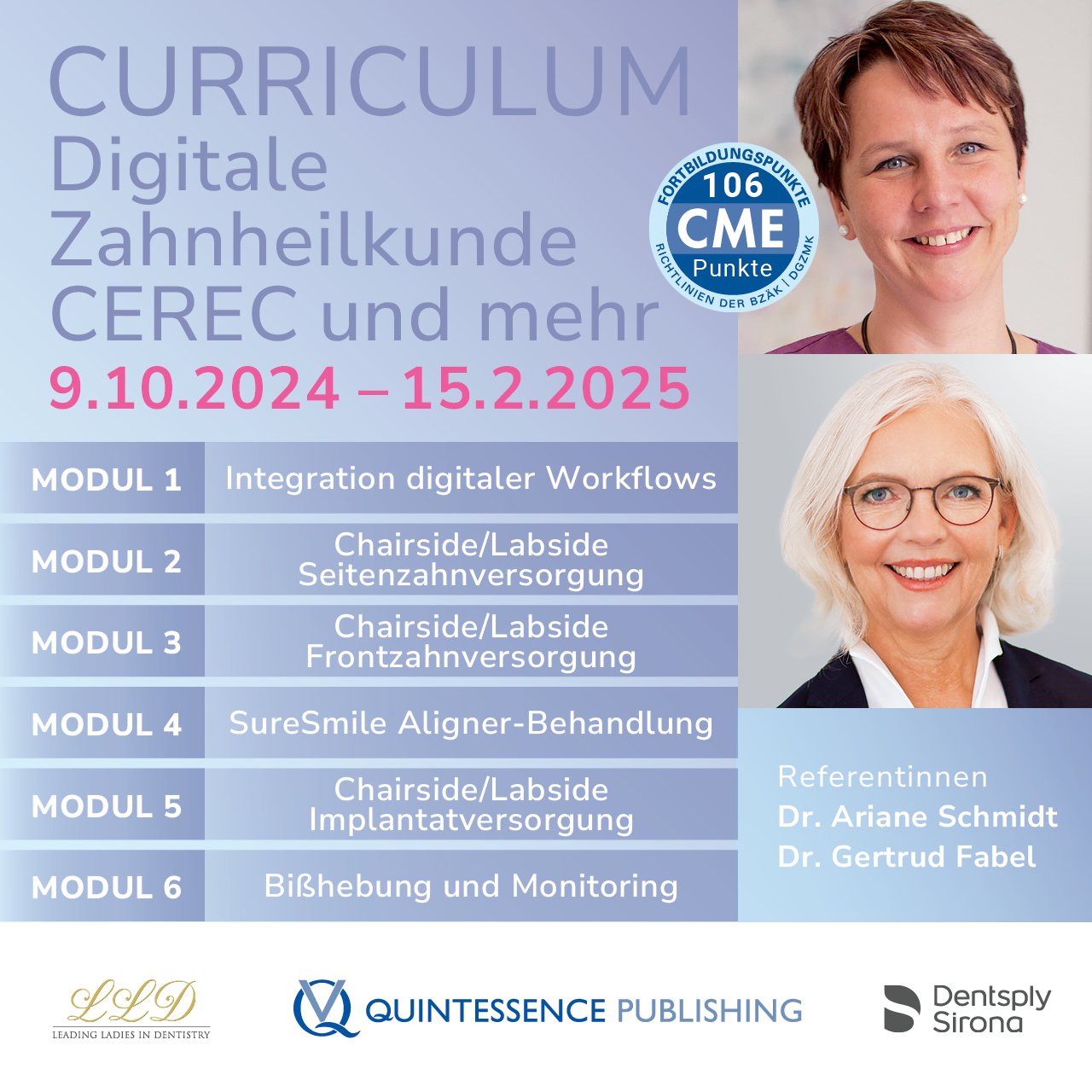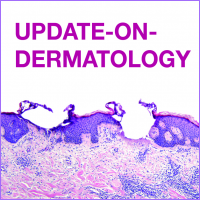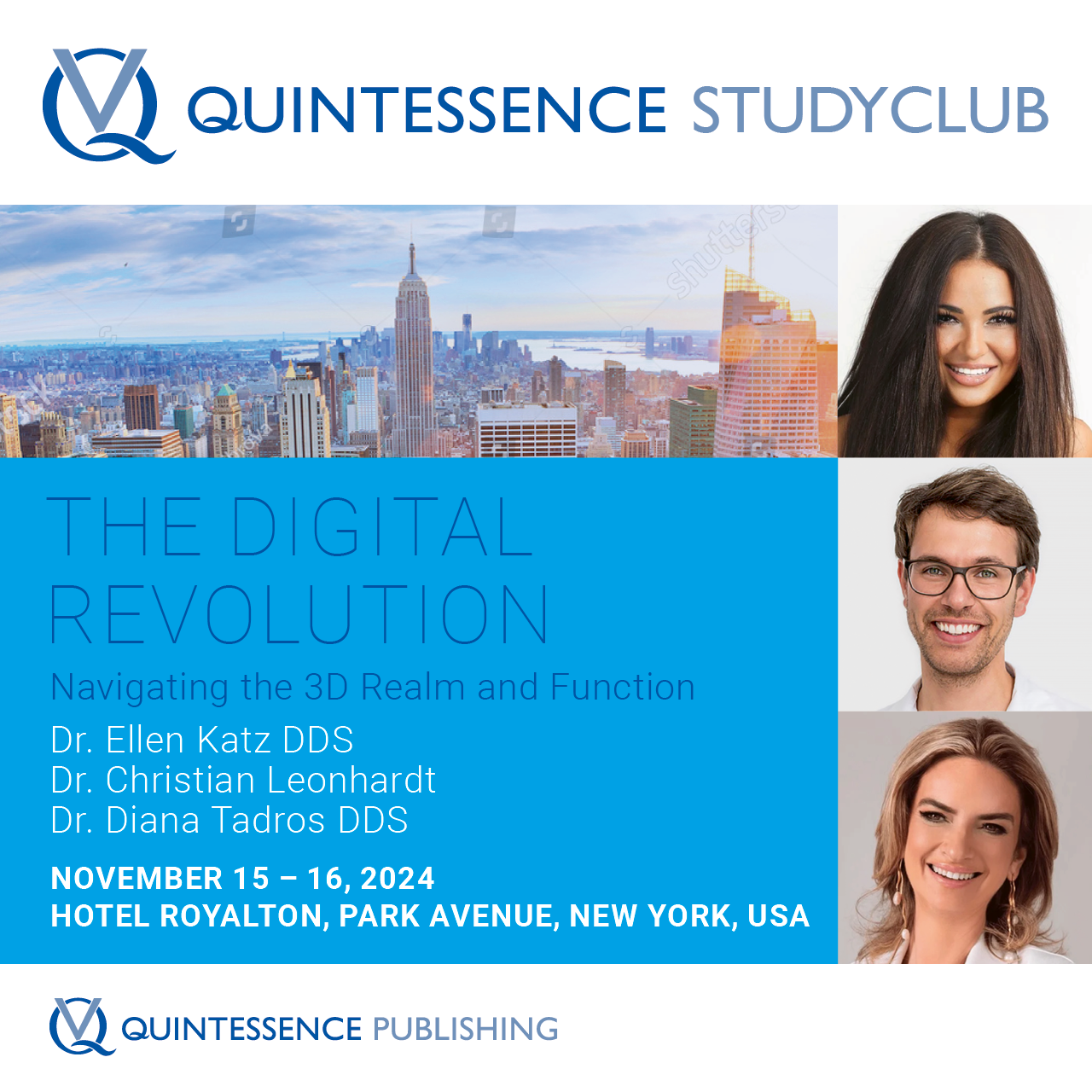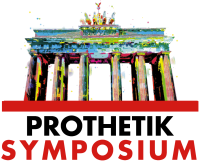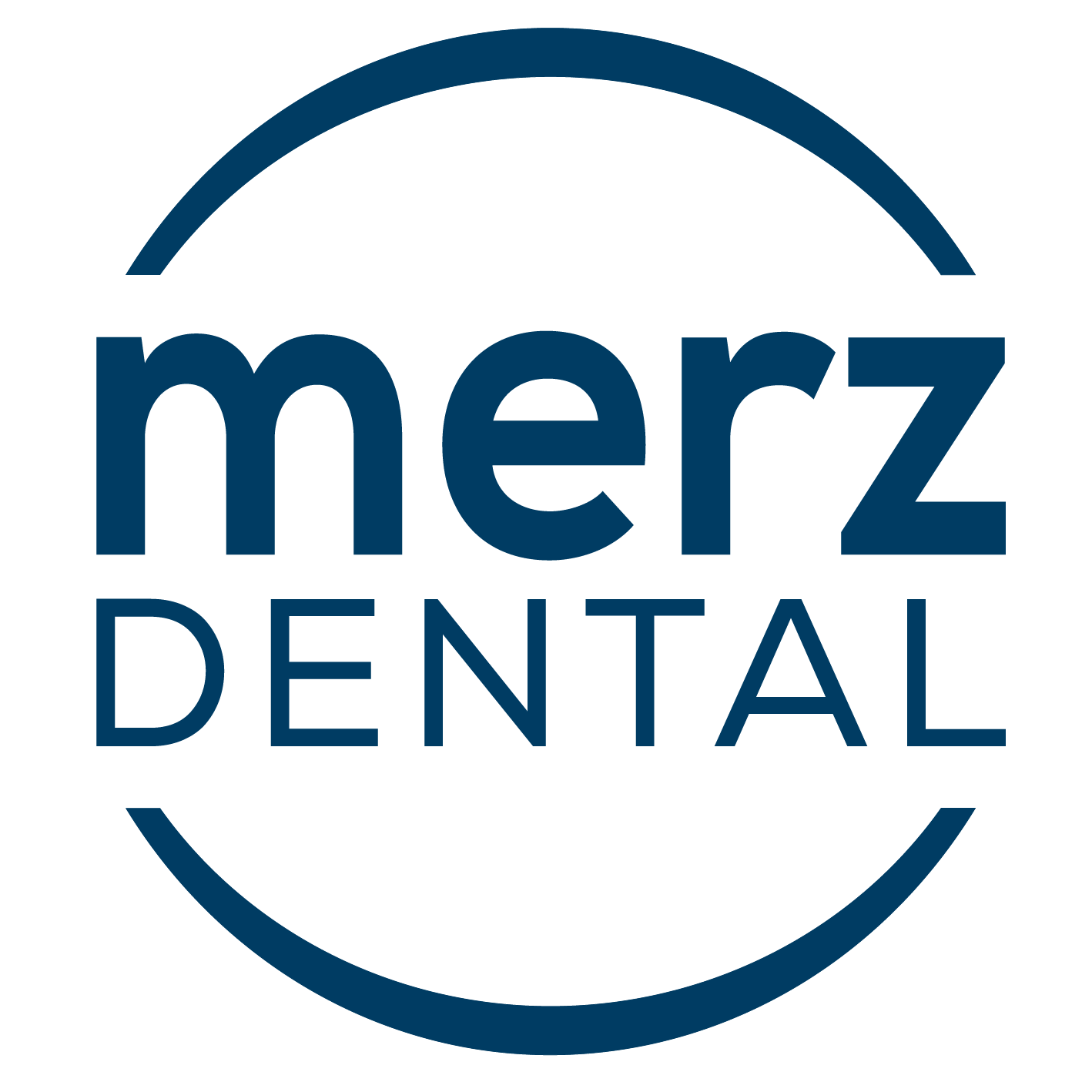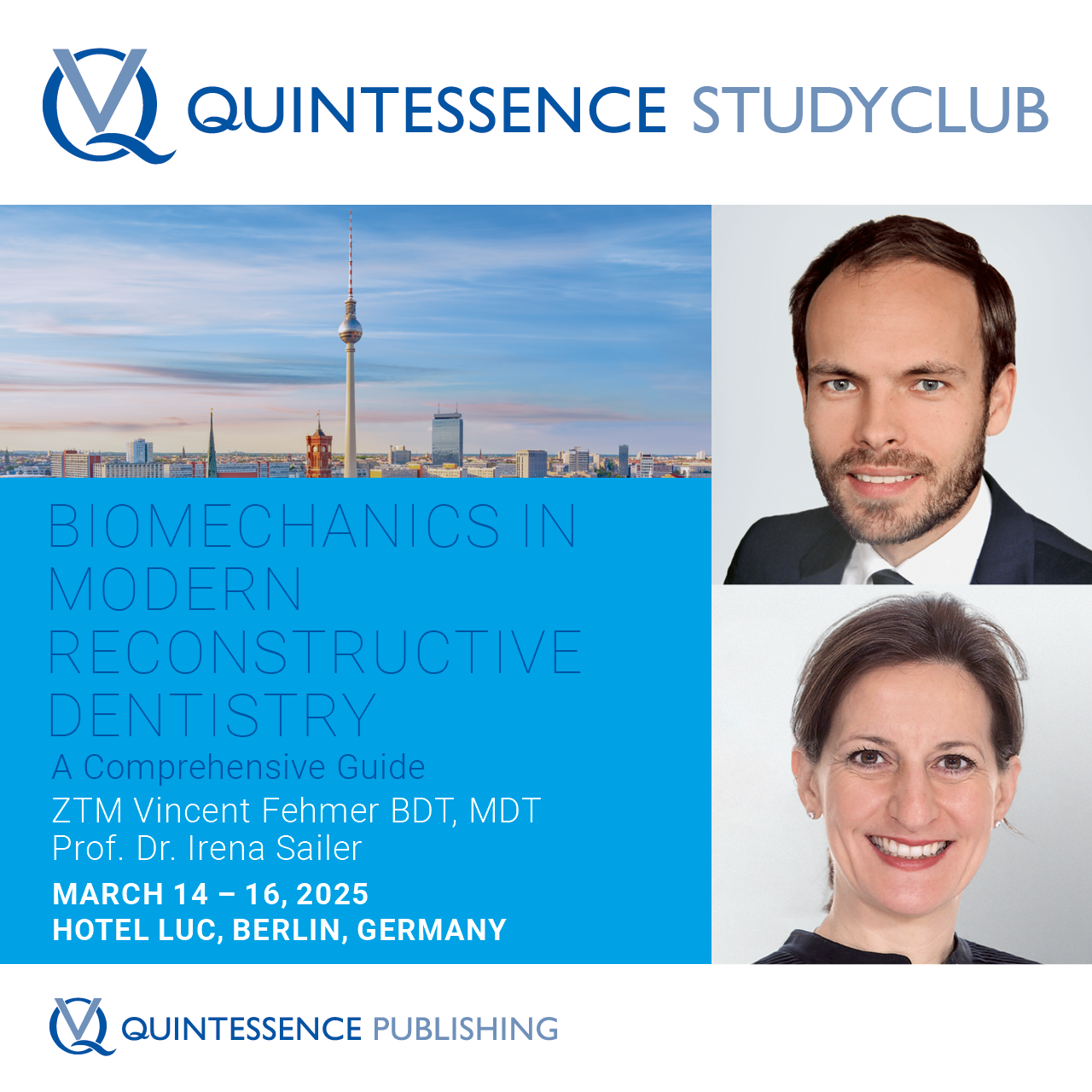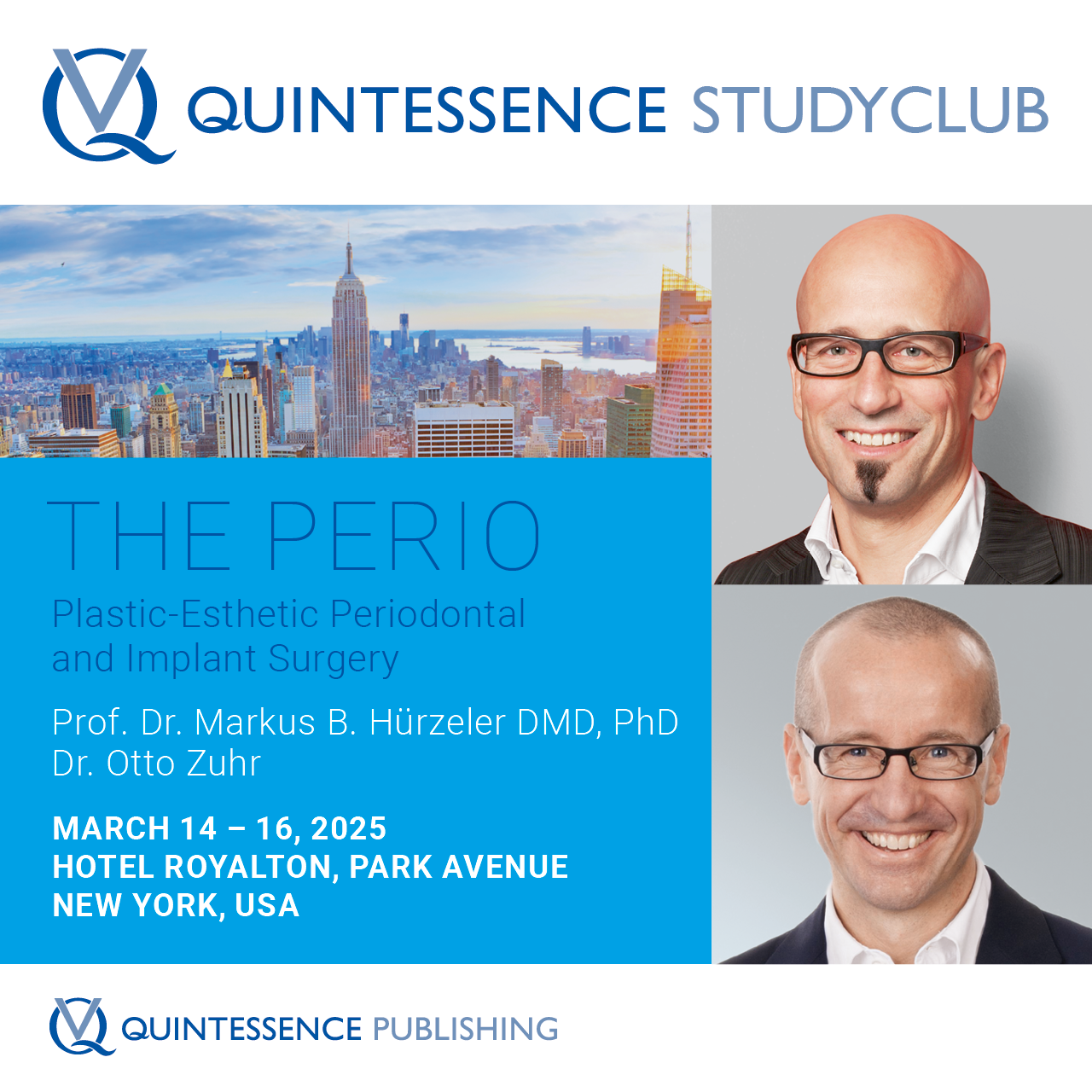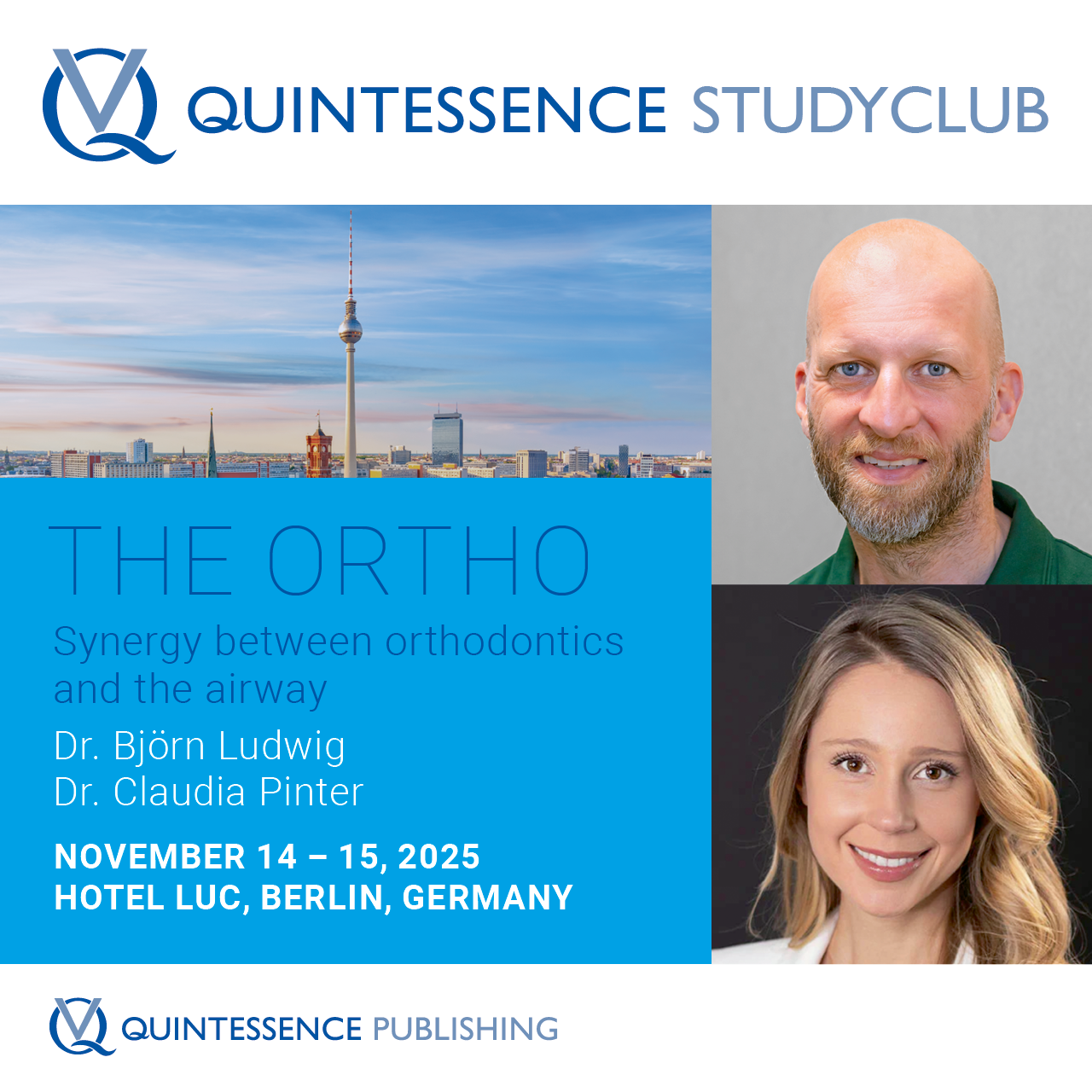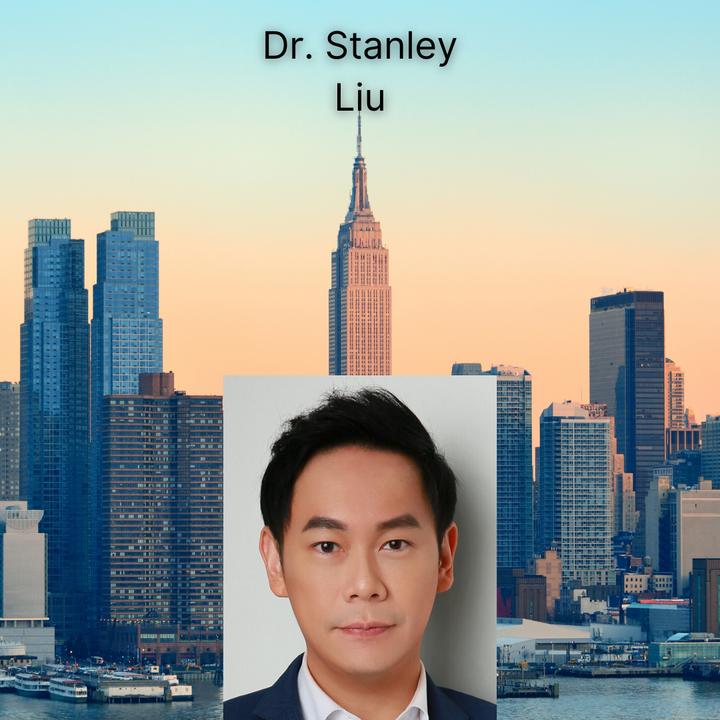Registration
All participants of the 14th International Symposium on Periodontics & Restorative Dentistry must register and obtain a badge before attending symposium events. You will not be allowed into the lecture ballrooms unless you display your badge. The registration desk will be open during the following dates and times:
Wednesday, June 8 1:00 pm–6:00 pm
Thursday, June 9 7:00 am–5:00 pm
Friday, June 10 7:00 am–5:00 pm
Saturday, June 11 7:00 am–5:00 pm
Sunday, June 12 7:00 am–2:00 pm
Please wear your badge at all times. Admission to the scientific sessions and receptions is by badge only.
Coffee Breaks
Coffee breaks will be held each morning and afternoon. Complimentary coffee, tea, and soft drinks will be available during break times in the 3rd floor exhibit area.
Lecture Rooms
All general sessions will be held in the Grand Ballroom (4th floor) of the Boston Marriott Copley Place and the various workshops will be held in rooms located on the 3rd and 4th floor. Please stop by the Registration Desk for assistance locating the right rooms.
Technical Exhibits
Technical exhibits, located on the 3rd and 4th floors, are open during the hours listed below. All participants are invited to visit the exhibits to observe the latest developments in dental products offered by leading manufacturers.
Thursday, June 9 9:30 am–6:30 pm
Friday, June 10 9:30 am–6:00 pm
Saturday, June 11 9:30 am–5:30 pm
Social Events
Wine and Cheese Reception
Thursday, June 9, 5:00 pm–6:30 pm
Will be held in the Exhibit Hall on the 3rd floor following the conclusion of the special presymposium sessions.
Welcome Reception
Friday, June 10, 6:30 pm–8:30 pm
Located in the Grand Ballroom on the 4th floor. Plan to spend a fun evening following a busy day of lectures. This will be a great opportunity to renew old friendships or establish new ones among your colleagues.
Professional Videotaping
Several lecturers have agreed to have their presentations recorded. Flash drives for the Thursday, Friday, and Saturday lectures will be available for purchase on-site. You will find an order form in your registration packet. Sunday lectures may be ordered on-site or through the Quintessence website (www.quintpub.com) and will be shipped at the conclusion of the meeting. You will find a list of lectures that will be available for purchase along with instructions in your registration packet. Please note that not all lecturers have agreed to allow their lectures to be recorded.
Special Recognition Awards
The Distinguished Clinician Award is given to two clinicians who have contributed to advancements in periodontics and restorative dentistry. This year’s recipients are Dr X and Dr Y. The Award Ceremony will be held during the Welcome Reception on Friday evening in the Grand Ballroom.
Continuing Education Credit Information
One hour of continuing education (CE) is offered for every hour of program attendance. Continuing education credit can be recorded on the CE Form included in your symposium registration packet. One copy of the completed CE Form should be returned to the continuing education counter located across from the registration area. Be sure to retain a copy of this completed form for your records; you will receive no further documentation.
CE credit awarded for participation in a course or activity may not apply toward licensing renewal in all states. It is the responsibility of each participant to verify the requirements of their state licensing board. Meeting attendees are responsible for ensuring that their education credits are current and on file with their respective state board or other licensing/regulatory agency.
This continuing education activity has been planned and implemented in accordance with the standards of the ADA Continuing Education Recognition Program (ADA CERP) through joint efforts between the American Academy of Periodontology and Quintessence International Publishing Group.
ADA CERP is a service of the American Dental Association to assist dental professionals in identifying quality providers of continuing education. ADA CERP does not approve or endorse individual courses or instructors, nor does it imply acceptance of credit hours by boards of dentistry. Concerns or complaints about a CE provider may be directed to the provider or to the Commission for Continuing Education Provider Recognition at ADA.org/CERP.
Participant caution: Quintessence International Publishing Group and the American Academy of Periodontology caution participants in CE courses about the potential risks of using limited knowledge when incorporating new techniques and procedures in their practice, especially when the course has not provided supervised clinical experience.
Quintessence Publishing Company Inc is designated as an Approved PACE Program Provider by the Academy of General Dentistry. The formal continuing education programs of this program provider are accepted by the AGD for Fellowship/Mastership and membership maintenance credit. Approval does not imply acceptance by a state or provincial board of dentistry or AGD endorsement. The current term of approval extends from (9/1/2020) to (8/31/2022). Provider ID #308695





